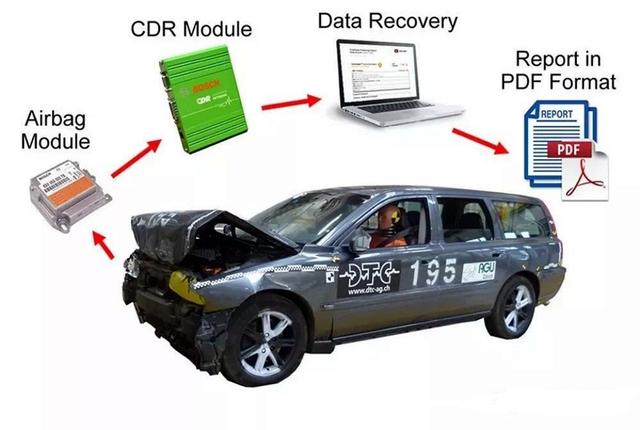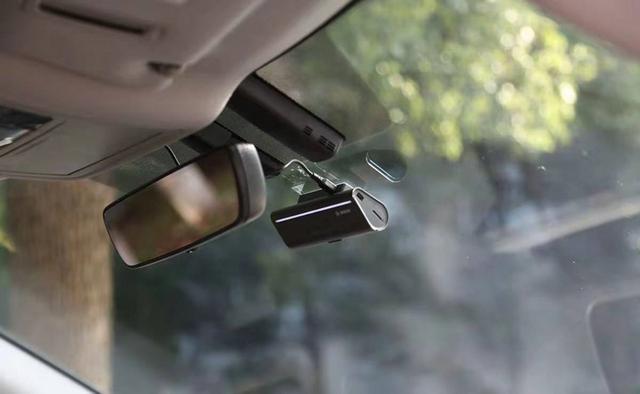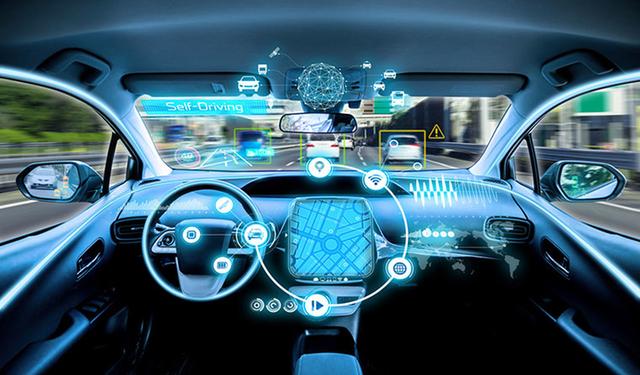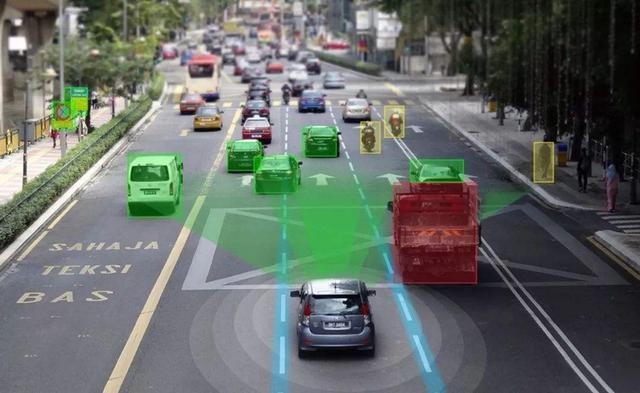
0755-83687076
Author: admin Time:2021-12-16 Click:
The "black box" is a term that many of us are familiar with, most commonly in reference to the "black boxes" on airplanes. In reality, the concept of the "black box" has become widespread, extending to ships, trains, and cars. Today, we will primarily discuss the black box in cars, specifically the EDR (Event Data Recorder, or Event Data Recorder, a system for recording vehicle events). This is because not long ago, the national standard GB 7258--2017 "Technical Conditions for the Safe Operation of Motor Vehicles" was amended, explicitly requiring that all new passenger vehicles produced starting from January 1, 2022, must be equipped with an EDR.

Similar to the black boxes on airplanes, automotive EDRs (Event Data Recorders) can record key vehicle data during three stages before, during, and after a collision (such as speed, ABS status, steering angle, seatbelt status, airbag status, and braking status), effectively reconstructing the true state before and after an accident. Automotive EDRs have been widely adopted in foreign markets for a long time. For example, South Korea has required the mandatory installation of new cars since December 2015; the United States has mandated that 99% of new cars introduced in 2019 must be equipped with EDRs; and the European Union and other regions will also introduce regulations in the coming years to force car manufacturers to install EDRs in new cars.
In a nutshell, the future of automotive EDRs is inevitable.
Why do cars need "black boxes"?
Remember the Tesla "brakegate" incident that made headlines earlier this year? The specifics of the incident are not detailed here, but it's important to note that to this day, there has been no authoritative and fair conclusion regarding the Tesla "brakegate" incident. Although the incident seems to have quieted down, the endless arguments and debates between consumers and Tesla, as well as the industry discussions they sparked, are still fresh in our minds. Tesla does have EDRs installed in its cars, and after the "brakegate" incident, Tesla also launched an EDR data extraction kit on its website in the United States and Canada, and an EDR query software, although this service is currently only available in North America, and Tesla users in China cannot use it yet.
In fact, before the Tesla "brakegate" incident, there have been two more well-known "brakegate" incidents in history, one in 1986 with Audi in the United States and another in 2009 with Toyota in the United States. The consequences of these incidents for both companies were extremely significant, even fatal. Audi's response to the crisis in 1986 was a failure, similar to Tesla's response today, starting with arrogance and then facing government intervention, leading to a massive recall under pressure. Although Audi was eventually legally cleared of fault due to the prolonged process, the brand's reputation was severely damaged, and to this day, Audi has not fully recovered in the U.S. market.
Toyota, on the other hand, handled the crisis relatively successfully. Akio Toyoda, the president of Toyota, bowed in apology and did not argue with public opinion or offer explanations, only apologies. They also conducted self-inspections and managed to weather the crisis, albeit at a high cost. Direct losses amounted to $3.6 billion, and total losses reached $15.1 billion (including the cost of recalling and handling products, as well as compensation to customers). This incident also ended Toyota's 71-year streak of consecutive profits in 2008 and caused them to lose their position as the top automaker in the North American market. Setting aside conspiracy theories, Audi and Toyota's experiences in the U.S. did not happen to Tesla in China. This could be due to the immature regulations, or perhaps the data behind Tesla's "brakegate" incident could not be clearly analyzed or verified in China. The affected consumers in China are the ones who bear the brunt of the situation.
Humans can lie, but EDR is an impartial narrator of accidents, providing an objective and true technical basis for judicial authorities to make fair judgments. With improved regulations, it becomes possible to have legal grounds for judgment in cases like the "brakegate" incident or some collision incidents, avoiding prolonged disputes between consumers, public opinion, and automakers. It also helps prevent the occurrence of false or mistaken accident records.
It is worth noting that in the era of fuel vehicles, most fuel vehicles are based on mechanical structures. Without damaging the accident scene, the accident scene can be fully reconstructed through accident investigation and analysis, especially with the addition of various driving recorders. However, as vehicle electrification deepens, especially with smart electric vehicles, vehicles are developed based on an electrified architecture. The complex electrical control systems, autonomous driving technology, and network information interconnection all require complete data recording, making EDR a necessary measure.

With the development of smart cars, there is an increasing number of electronic control systems, and the operation is becoming more complex. Various sensors, electronic control units (ECUs), drivers, and control program software are continuously loaded onto the cars, which brings a new driving experience but also increases the safety challenges of vehicles. Once a smart car causes a traffic accident due to its electronic control system or autonomous driving system, it becomes very difficult to gather evidence and assign responsibility. The collection and analysis of accident-related factors are extremely complex, and the definition of responsibility is a test of wisdom for all parties involved. Similar to the Tesla "brakegate" incident, although the car has a similar EDR device, the data can only be extracted and analyzed by the car manufacturer, lacking credibility. Moreover, due to the lack of a definitive accident conclusion, it has not been widely accepted.
In recent years, automakers and consumers have been advocating for the installation of dashcams. With the improvement of the field of view (100° and above) of ADAS front-view cameras, the functionality of dashcams is also becoming one of the reusable features of ADAS systems. After the Tesla "brakegate" incident, Zhao Changjiang, who is responsible for the high-end brand construction at BYD, expressed on social media that a camera should be added to the accelerator and brake pedals, which could be called a "foot dashcam," to avoid disputes. Li Xiang, CEO of Li Auto, suggested that the government regulatory authorities should impose more specific regulatory requirements on automakers in response to potential ADAS and brake failure issues, including: requiring vehicles with ADAS to be equipped with dashcams as standard; the recorded footage from the dashcam must display the ADAS status in real-time; in addition to displaying the ADAS status, it should also show the basic working status of the accelerator, brake, steering, etc., under ADAS conditions, and the driver's status while driving should also be displayed.

From a technological standpoint, achieving the above is not difficult at all. However, the national mandate to install EDR is a more comprehensive and permanent solution, as a standalone dashcam can only record video information, GPS data, and so on, and cannot record the vehicle's operational status. In cases of traffic accidents caused by human factors, such as improper driving behaviors like overtaking, fatigue driving, drunk driving, or hidden malicious "hitting for compensation" behavior, a dashcam and ADAS may not always prevent such incidents or clarify the situation immediately. With the assistance of an EDR device and the reuse of dashcam functions by the ADAS system, it is believed that the probability of owners encountering difficulties in obtaining evidence and manufacturers being wrongly accused can be significantly reduced.
Why is EDR more reliable?
Let's first understand the working principle of EDR: When a car is started, the EDR is powered on and works in real-time. It can read and record the status data of various devices on the car through the CAN bus. It can respond and record collision status within 20ms after the vehicle is involved in a collision. Typically, it records the state 10 seconds before and 5.3 seconds after the collision. The excellent software algorithms combined with high-precision acceleration sensors can identify lateral and longitudinal collision incidents, accurately judge collision events, and have a comprehensive understanding of the car's state at every moment.

It is important to note that EDR will immediately lock the event at the moment of a car collision and store key data such as vehicle speed and braking status in the Flash memory. Even in the event of a severe accident that causes the external power source to suddenly disconnect, the built-in backup power of the EDR ensures its normal operation until the data is stored, eliminating concerns about data loss due to sudden power outage. The stored accident data will be classified as locked data and will not be overwritten by subsequent accident data.
In conclusion, considering the overall situation, the automotive EDR is beneficial for both the owner and the evidence-gathering party, as well as for the car manufacturer. With the rapid development of smart cars and autonomous driving technology, the identification of automotive traffic accidents will become more complex. The automotive EDR can accurately and reliably record data at the moment of the accident. If combined with dashcams and the reuse of dashcam functions by the ADAS system, the determination of responsibility in future traffic accidents may no longer be a challenge.